
A Dayton Vistas reader wrote in to ask about the history of a stone barn on the property at 441 Holt Street. It’s referred to by some locals as the “old barn” and it was also noted that there was a school on the property in the past. This article will dig into what we could find about its history.
The property, at the intersection of Holt and Easton, is located in Old Dayton View just a couple of blocks north of Wolf Creek and near Broadway Street.
As an early downtown-adjacent neighborhood, Dayton View differed significantly from areas like Wright-Dunbar or Huffman which had a mix of uses including retail and industrial as well as churches and schools. Instead, it developed as “a bedroom community for the wealthy” and a “preeminently residential suburb of Dayton (which) does not aspire to be a business or factory section.”
The area was platted as early as 1816, but was then considered too far from Dayton; it became more desirable in 1847 when the area around Central and Salem Aves was platted by John Steele. By the beginning of the 20th century, greater Dayton View was beginning to increase in population, in part thanks to slick advertisements for new residential plats, and this migration would accelerate after the Great Flood of 1913 sent many former downtown residents to higher ground.
The new residents erected “grand and spacious homes” in styles like Queen Anne and Colonial Revival, which in some locations joined existing older farmhouses.
(And as an aside since we’re talking about barns, the most famous barn in the area stood at 319 Central Ave, where Edward Deeds, Charles Kettering and the “barn gang” did the experiments that led to the invention of the automobile self-starter and the formation of the Dayton Engineering Laboratories Company (Delco).)
Back at Holt and Easton, we can conclude that the surviving barn was constructed in the latter half of the 19th century as a stable for a now-lost house that stood the N.E. corner of Holt and Easton. (At various points the stone barn has its own address of 714 Easton.)
No images of the house are readily available but it is visible in the following map from 1919. The residence was large a two-story brick house with multiple outbuildings and the stable is a noticeable contrast to the larger two-story carriage barns like the Deeds Barn. You can see the stone barn is being used as an auto repair shop at this time.
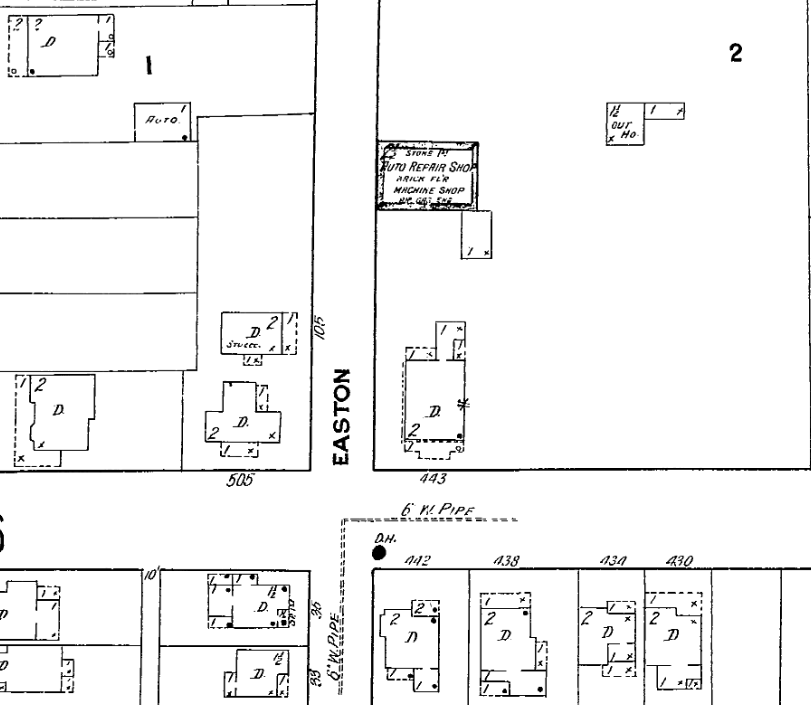
From at least the 1890s until 1908, the corner house was owned by Bruno and Rosalie Ritty. In 1894, Rosalie Ritty sued a contractor and the City of Dayton for damage to the property due to the faulty construction of a sewer trench. In 1909, the Rittys then moved to Redfern Ave and put the 443 Holt property up for sale. A fire occurred at the house in 1908 but it was described as “no loss” so it’s uncertain if that was a factor in the move.
A 1909 advertisement for the property describes it as “gilt-edge and must be seen to be appreciated.” The lot was “covered with large shade trees and shrubbery, and (is) very fine.” That ad calls the barn a “large stable” but by 1915 another ad (by a different agent) for the house calls it a “garage.”
These advertisements for the corner property also offered for sale adjacent lots to the east on Holt, likely with the intention of encouraging the construction of new homes. But it does not appear this occurred.
By 1927, the corner house was occupied by W. J. Klinger, president of the Dayton View Machine Co, and his family.
In 1934, 443 Holt St. was listed as the residence of Edna Wilhelm, but also as the business address of the Wilhelm Engineering Company. (Perhaps the company was using the barn and other outbuildings).
And it appears that from this point forward the house ceased to be used as a residence.
In a 1950 map, the corner building is labeled as a church.
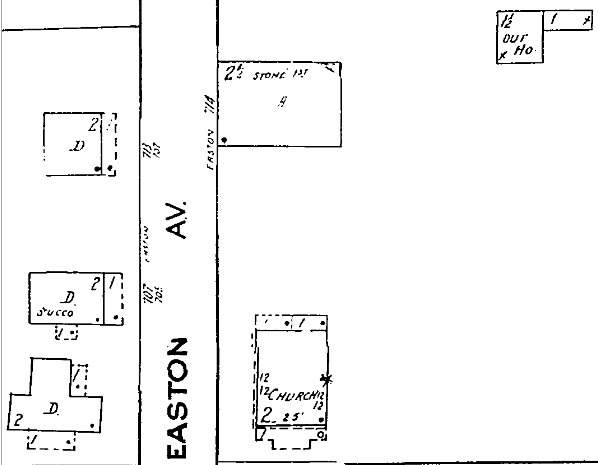
The Dayton View Nazarene Church which stands today was built around 1955 next to the corner building.
In that year we see this map which shows that the Sunday School occupied both the former house at the corner (now with the address of 447 Holt), and the stone barn.
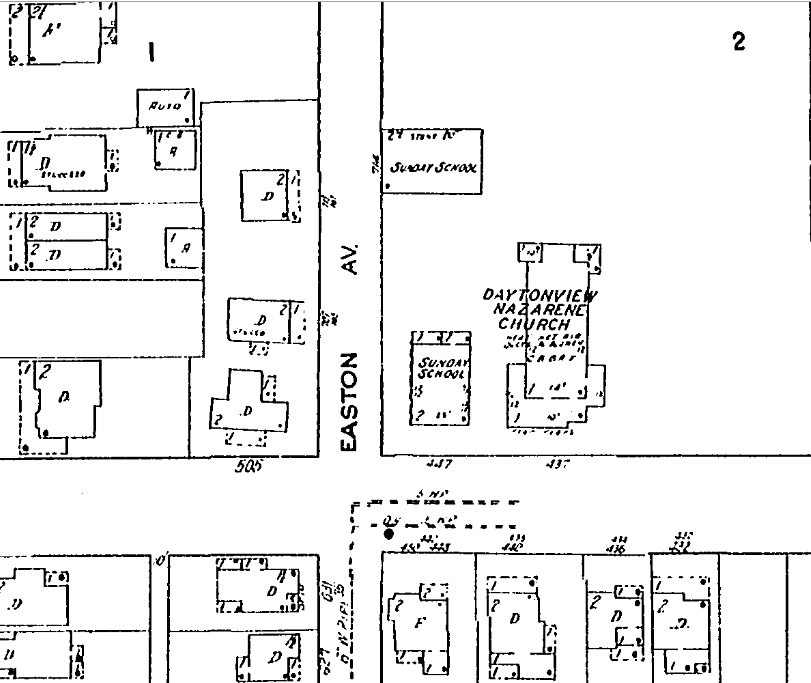
At some point later, the corner building was demolished, and the newer church is the surviving structure on the Holt Street side.
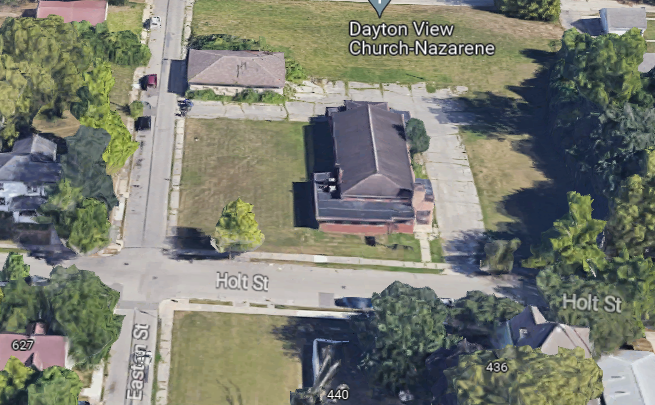
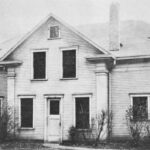
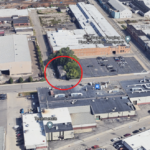
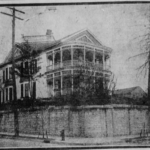
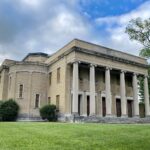
thank-you so much for this research, i was inside that stone barn many times as a teenager. it had incredible rafters, and the windows were placed so that horses could put their heads out side. the house you wrote about still intrigues me. . i think that is what my grand mother used to call the school,sunday school makes sense she had the school torn down in the 1950’s. the gentleman who founded dayton view church of the nazarene was harry miller. he lived over on superior ave,